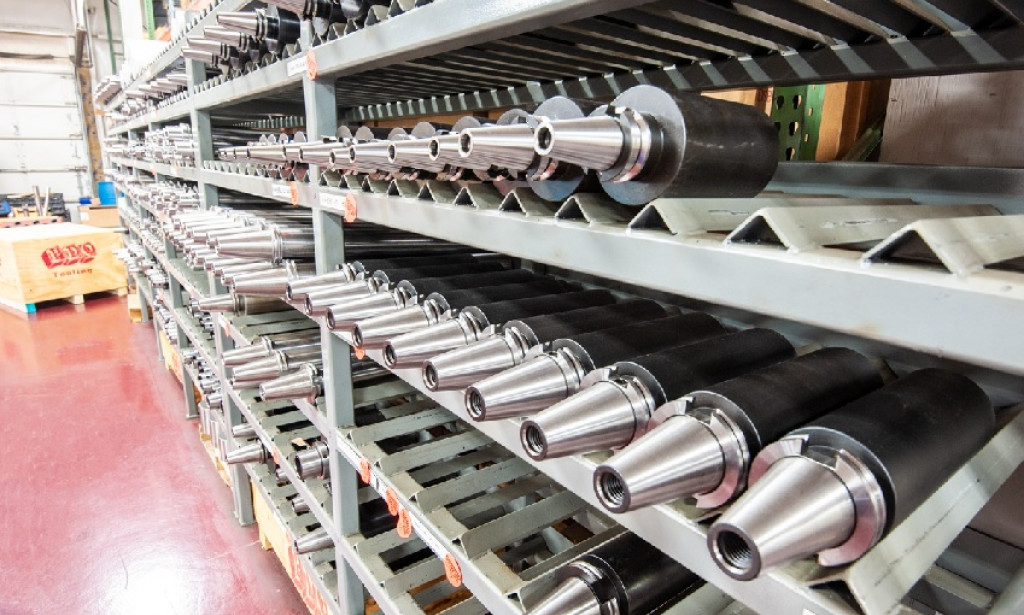Special tools include solid carbide, high-speed steel, and indexable carbide. However, the most popular tools are those made from indexable carbide. These tools have removable tips. Therefore, you only switch the tips when the cutting edge needs replacement.
Indexable tooling has several benefits over solid tools. That’s why they currently have a competitive edge over other tools. In 2017, about 63% of the total milling tool sales in the United States comprised of indexable tools.
Some industries and jobs require indexable tools. These tools are applicable in many ways and allow you to merge two or more special features. For instance, combining a spot-face and chamfer is possible with indexable tooling. That’s just one part of it, though. Indexable tools have several other benefits, as you’ll see below.
The Benefits of Special Indexable Tools
Indexable tools are only perfect for some cutting applications. Still, the popularity of these tools grows daily due to advancements in technology. These developments have contributed to prolonged tool life, enhanced cutting performance, and faster changeouts.
Here’s why you should use indexable tools:
-
Efficiency
The structure of these tools makes them sturdy and effective, especially for metal removal. The tool’s structure includes two or more carbide inserts in the steel body. Therefore, it is strong enough to handle cuts with high horsepower.
Solid carbide tools are also hard and resistant to abrasive wear. However, they are brittle, limiting the type of functions they perform. In addition, solid carbide tools break often. That’s a disadvantage that is absent in indexable tools.
-
Cost Effectiveness
Indexable tools use only one steel body. If the cutting edge wears, you replace it and keep the body, which saves money. In addition, carbide inserts have more than one cutting edge. So, when wear occurs, you flip or turn the insert to the unused edge.
Also, tool designers create many cutting edges on each insert to improve the cost benefit of indexable tooling.
-
Size
Carbide costs more than steel. Therefore, solid carbide tools are smaller compared to indexable tools. For instance, the diameter of a solid carbide tool is typically between 12 mm to 19 mm. On the other hand, indexable tools start at 19 mm, but 50.8 mm and 76.2 mm diameters are also available.
Moreover, indexable tool sizes can go higher. It’s not economically feasible to make large diameters from solid carbide. Fortunately, the steel body in indexable tools makes it easier and more cost-effective to do so.
-
Prolonged Use
According to expert millers, adding more insert pockets to milling tools added life to the inserts. Moreover, extra inserts in the tools stabilize each cut by reducing the force on each insert. The reduced force also reduces the insert indexing frequency. Still, tool designers shouldn’t add too many insert pockets since there should be enough steel in the cutter to maintain strength.
Issues Related to Indexable Tooling
Indexable tools are popular, no doubt. However, they are unusable if applications need smaller tool diameters. In addition, there are better tools are for uses that call for greater precision. However, some tool millers have developed semi-indexable tools, incorporating the precision of solid carbide tools and the strength of indexables.
Another slight disadvantage is the high initial cost of indexable tools. You need a higher upfront investment, but you get back the money back within a short period, depending on your applications.



You must be logged in to post a comment.